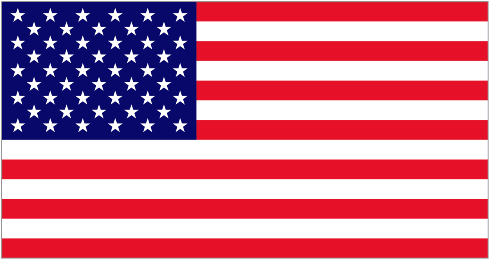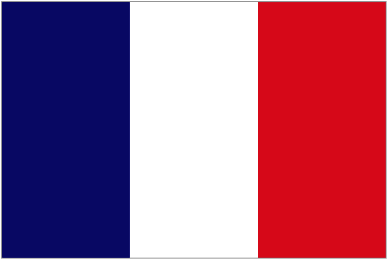The building blocks of harmony are chords. A chord is a group of three or more notes played together, and it’s the foundation of all harmony in music. Chords are built on top of scales, and they’re created by selecting certain notes from the scale and playing them together.
Now that we’ve explored the basics of melody, let’s dive into the world of harmony. Harmony is the combination of different notes played simultaneously, and it’s what gives music depth and richness.
The most common type of chord is the triad, which is made up of three notes played simultaneously. Triads are built by taking the first, third, and fifth notes of a scale and playing them together. For example, in a C major scale, the C major triad is made up of the notes C, E, and G.
Chords can be played in different positions and inversions, which means that the notes can be rearranged to create different sounds and textures. Chords can also be combined to create chord progressions, which are a series of chords played in a specific order. Chord progressions are the backbone of harmony in music, and they provide the framework for creating musical phrases and ideas.
Understanding chords and chord progressions is essential for creating harmony in your music. By combining chords and melodies, you can create complex and nuanced musical compositions that evoke different emotions and moods. So let’s continue our exploration of music theory by delving deeper into the world of harmony!


